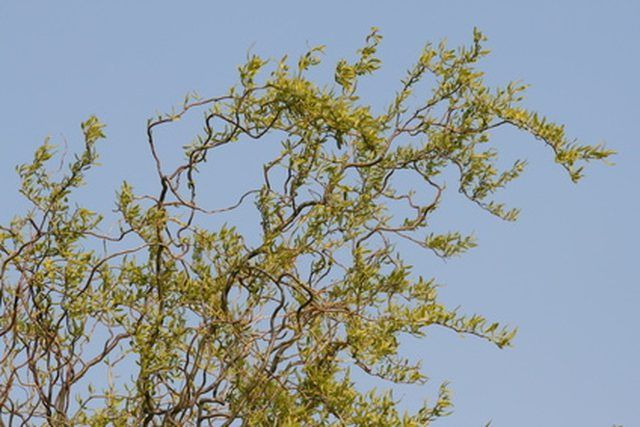Bulbs
Flower Basics
Flower Beds & Specialty Gardens
Flower Garden
Garden Furniture
Garden Gnomes
Garden Seeds
Garden Sheds
Garden Statues
Garden Tools & Supplies
Gardening Basics
Green & Organic
Groundcovers & Vines
Growing Annuals
Growing Basil
Growing Beans
Growing Berries
Growing Blueberries
Growing Cactus
Growing Corn
Growing Cotton
Growing Edibles
Growing Flowers
Growing Garlic
Growing Grapes
Growing Grass
Growing Herbs
Growing Jasmine
Growing Mint
Growing Mushrooms
Orchids
Growing Peanuts
Growing Perennials
Growing Plants
Growing Rosemary
Growing Roses
Growing Strawberries
Growing Sunflowers
Growing Thyme
Growing Tomatoes
Growing Tulips
Growing Vegetables
Herb Basics
Herb Garden
Indoor Growing
Landscaping Basics
Landscaping Patios
Landscaping Plants
Landscaping Shrubs
Landscaping Trees
Landscaping Walks & Pathways
Lawn Basics
Lawn Maintenance
Lawn Mowers
Lawn Ornaments
Lawn Planting
Lawn Tools
Outdoor Growing
Overall Landscape Planning
Pests, Weeds & Problems
Plant Basics
Rock Garden
Rose Garden
Shrubs
Soil
Specialty Gardens
Trees
Vegetable Garden
Yard Maintenance
How to Care for a Corkscrew Willow Tree
How to Care for a Corkscrew Willow Tree. Corkscrew willow trees are one of the most beautiful and easy to care for trees you can add to your landscaping. They are similar to weeping willows but are named for the twisting habit of their branches and leaves. Willow trees prefer fertile, slightly acidic soil which drains well but holds moisture. They...

Corkscrew willow trees are one of the most beautiful and easy to care for trees you can add to your landscaping. They are similar to weeping willows but are named for the twisting habit of their branches and leaves. Willow trees prefer fertile, slightly acidic soil which drains well but holds moisture. They are fast-growing, hardy, and relatively care-free once they are established. They resist disease well and provide beauty and shade as they reach maturity. Insects can be a problem but are easily managed with common pesticides.
Things You'll Need
Shovel
Mulch
Fertilizer (10-10-10 or 20-20-20)
Pruning saw
Tree wound sealer
Plant your tree in the late summer six weeks before the first frost to give it time to establish itself. Dig a hole twice the depth and diameter of the root ball. Keep roots moist during the planting process and quickly fill in the hole after planting to avoid the roots drying out. Do not fertilize for the first month, and then only conservatively. Do not fertilize the tree directly, but add to the soil around the tree. Add mulch in a circle around the tree roughly the diameter of the branch spread to keep down weeds.
Maintain your tree's growth by keeping the soil moist, and in the spring after new leaves begin to sprout, fertilize lightly with a high-nitrogen fertilizer. Use a pruning saw to remove any dead branches. Seal any pruning wounds with wound sealer. Willows are prone to rot at the site of broken branches or cracks.
Watch for insects. A healthy tree will generally be its own best defense against insects, but if insects are a problem, treat with appropriate pesticides, which are available at any garden center. Willows may be attacked by aphids, gypsy moths, lace bugs, willow leaf beetles, and willow and poplar borers. All are manageable by pesticides, but none of these should seriously harm a healthy, established tree.
Watch for disease. Several common cankers and fungi attack willows, but none are usually serious enough to warrant control. Prune out infected branches when attacked by cankers or fungi. Powdery mildew, tar spot and rust are not usually serious enough to warrant control. Regular fertilization will keep most trees healthy enough to fight off disease on their own. Rake up and dispose of any infected leaves at the end of the season to avoid re-infection the following year.